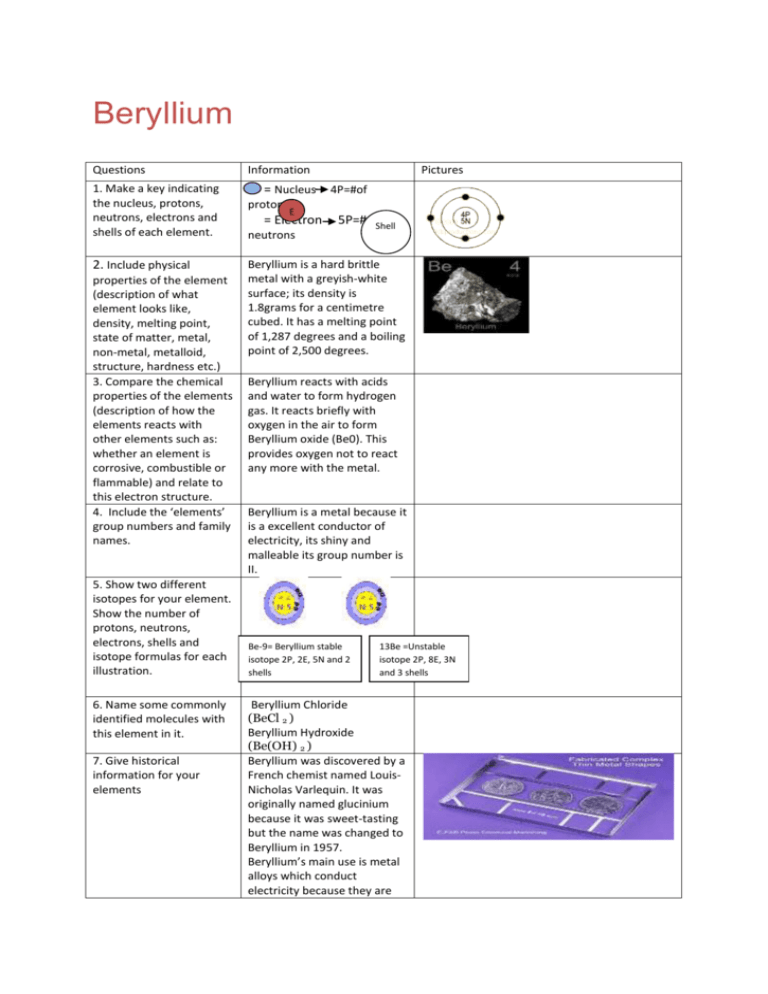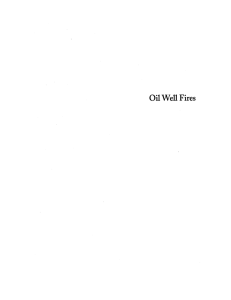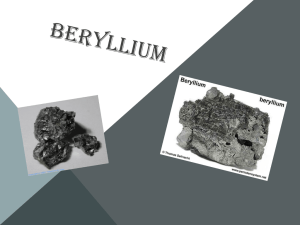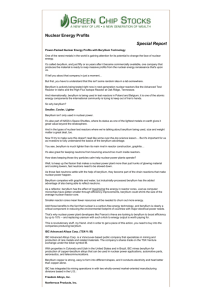Beryllium Questions Information Pictures E 1. Make a key indicating
advertisement

Beryllium Questions 1. Make a key indicating the nucleus, protons, neutrons, electrons and shells of each element. 2. Include physical properties of the element (description of what element looks like, density, melting point, state of matter, metal, non-metal, metalloid, structure, hardness etc.) 3. Compare the chemical properties of the elements (description of how the elements reacts with other elements such as: whether an element is corrosive, combustible or flammable) and relate to this electron structure. 4. Include the ‘elements’ group numbers and family names. 5. Show two different isotopes for your element. Show the number of protons, neutrons, electrons, shells and isotope formulas for each illustration. 6. Name some commonly identified molecules with this element in it. 7. Give historical information for your elements Information = Nucleus protons E = Electron neutrons Pictures 4P=#of 5P=#ofShell Beryllium is a hard brittle metal with a greyish-white surface; its density is 1.8grams for a centimetre cubed. It has a melting point of 1,287 degrees and a boiling point of 2,500 degrees. Beryllium reacts with acids and water to form hydrogen gas. It reacts briefly with oxygen in the air to form Beryllium oxide (Be0). This provides oxygen not to react any more with the metal. Beryllium is a metal because it is a excellent conductor of electricity, its shiny and malleable its group number is II. Be-9= Beryllium stable isotope 2P, 2E, 5N and 2 shells 13Be =Unstable isotope 2P, 8E, 3N and 3 shells Beryllium Chloride (BeCl 2 ) Beryllium Hydroxide (Be(OH) 2 ) Beryllium was discovered by a French chemist named LouisNicholas Varlequin. It was originally named glucinium because it was sweet-tasting but the name was changed to Beryllium in 1957. Beryllium’s main use is metal alloys which conduct electricity because they are tougher, stiff and are lighter than other alloys used in helicopters, now coppermetal beryllium alloys are used in computers, home appliances, circuit boards and etc, because they are stronger, less likely to fatigue and rust. Bibliography - http://www.chem4kids.com/files/elements/004_speak.html http://www.chemistryexplained.com/elements/A-C/Beryllium.html http://education.jlab.org/glossary/electroncapture.html http://www.webelements.com/beryllium/isotopes.html







